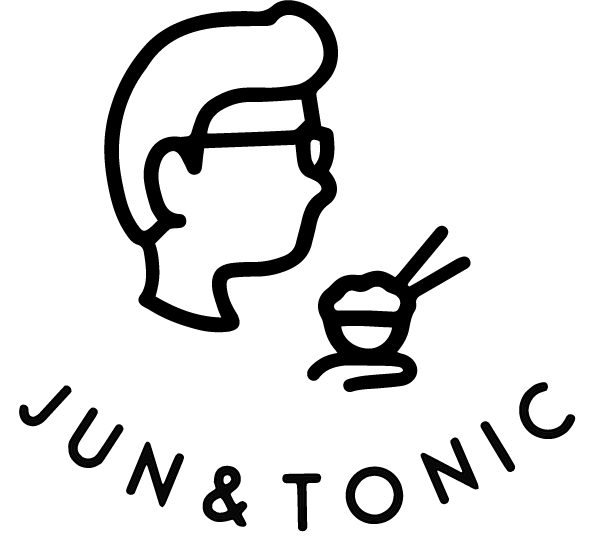A Scientific Way to Have Coffee
Reading the title, you might be thinking: “what even..?” But what might at first seem like a frivolous pursuit does actually have some solid backing in the behavioural sciences. Hear me out here.
There’s this 2014 study that explored how the colour of a coffee mug changes the perceived taste and intensity of the coffee in it. It got a few mentions on The Washington Post and on Huffington, and was generally quite well publicised for a small-scale food science study. If you're wondering, yes I do still occasionally browse scientific journals. (Cantab habits die hard.) Anyway, in the study, researchers served participants coffee (latte actually, how fancy) from three different mugs – one white, one blue, and one transparent, and got them to rate the coffee in terms of its sweetness, aroma, intensity, and a whole slew of other variables. They found that in general, the coffee in the white mug was perceived to be more intense and bitter than in the two other mugs. *mindblown*
Granted, this wasn’t a very extensive experiment (there were only 52 participants), and many variables were not or could not be controlled (trust me, I’m an engineer). So it remains to be seen whether the results of this study can be replicated before we all start hacking our minds by using white mugs for a stronger (placebo-induced) morning cup of joe.
Before you dismiss their findings however, know that there has been a long history of experiments relating our perception of taste to colour and sight, or synaesthesia as they call it. Here are but a few interesting examples:
Cakes taste sweeter on white plates than on black ones. This study was published on Flavour journal in 2013, which explored how plateware influences taste perception.
A bunch of French researchers tricked oenology (wine science) students into thinking they were tasting and smelling red wine when it was in fact just white wine dyed red. (The details are a bit more complicated, but that’s the general gist of the experiment.)
In an extension of the Delboeuf illusion, researchers from Cornell found that we pile more food onto our plate when the colour of the plate and the food matches, and when the size of our plates are bigger.
Finally, here’s another reason to never go Dining in the Dark - there was this 1970s study that made people eat steak under UV light, but when the normal lights came on and it was revealed that their steak were dyed a solid blue, they chundered everywhere (ok maybe not; they just felt quite sick). For a similar feel to this blue steak experiment, check out this freakish photo gallery which did make my tummy churn a bit.
Okay so colour can mess with our palate, so what? It might not seem like a breakthrough finding, but just think about the repercussions these experiments can have on the way we eat. These findings can be used to alter the way we taste food, and even control our portion sizes (which by the way restauranteurs and chefs have probably already been using to their advantage).
So what does this all tell us? That our tastebuds are more susceptible to external influences than we’d like to think. That our brains play tricks on us all the time. That the human psyche is more complex and nuanced than we can ever hope to comprehend. This is admittedly worrying to some, but I think there’s another approach to this. Instead of doubting your senses, go along with it. Instead of fearing the fallacies of placebo, be accepting of it. Let your senses be influenced, let yourself be fooled, and perhaps you’ll be delightfully surprised!
So the next time you’re having coffee, serve it in a white mug for a stronger kick, or in a glass for a more mellow flavour. Use contrasting plateware to help control your portions. And the next time you’re invited to a dinner party, look posh by pretending you brought 5 different wines when it’s just one boxed wine dyed varying shades of red. I’m kidding, don’t do that last one. ;)

